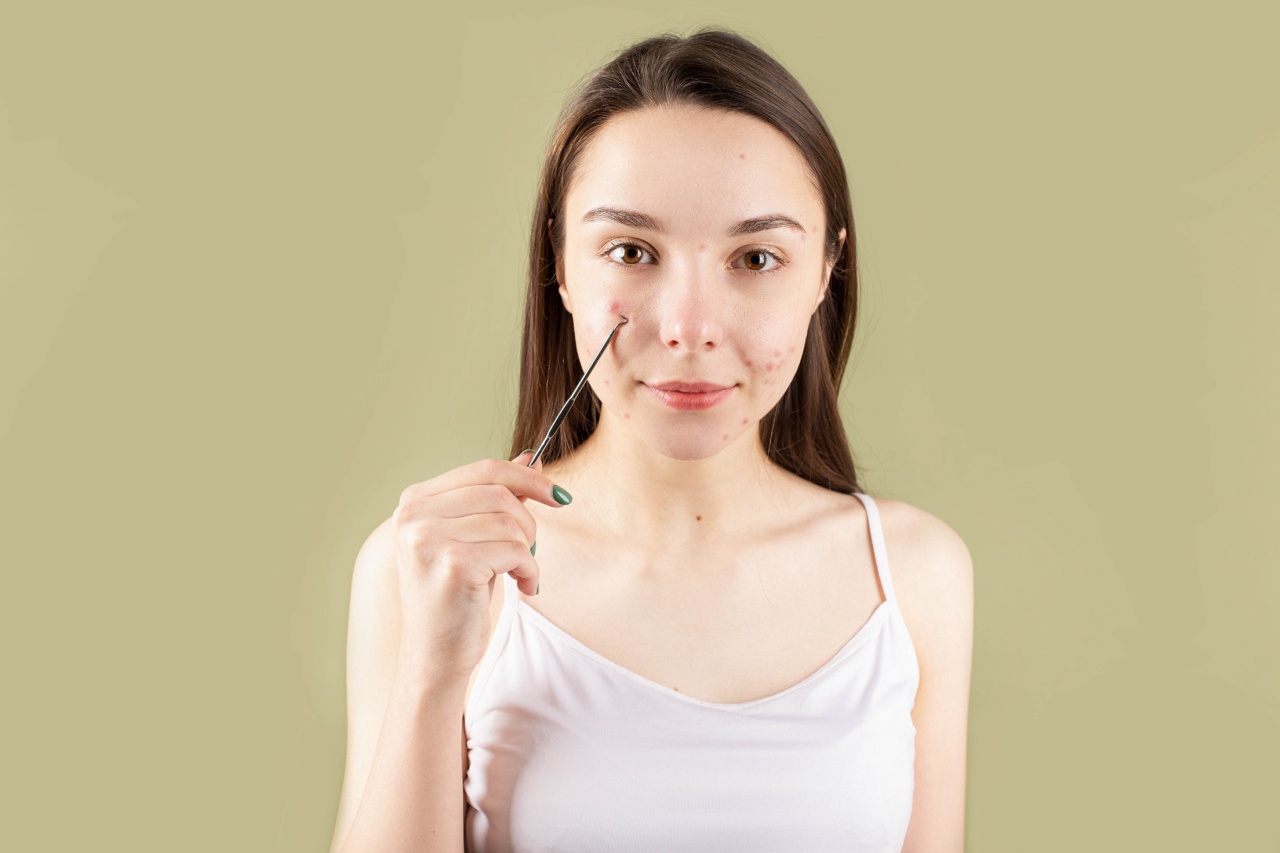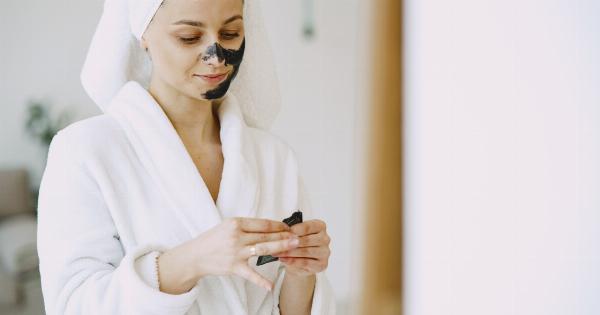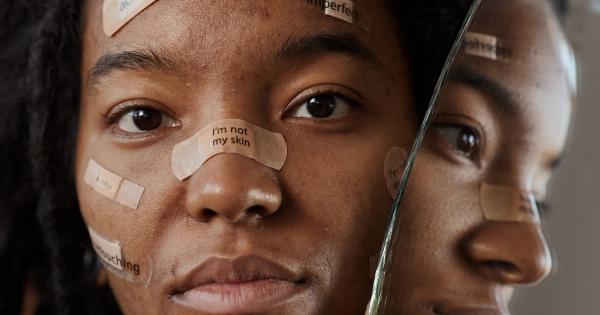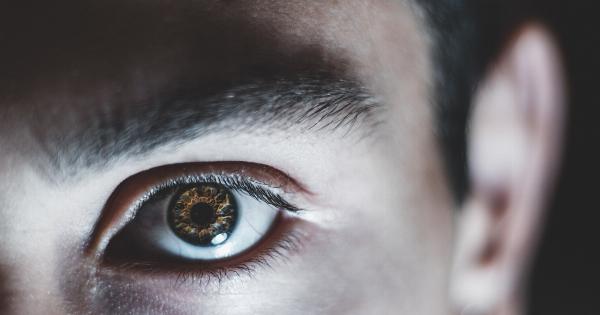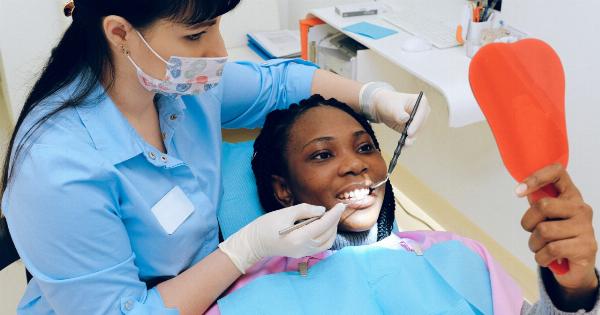Acne, also known as acne vulgaris, is a common skin condition that affects millions of people worldwide. It occurs when pores become clogged with oil, dead skin cells, and bacteria.
This leads to the formation of pimples, blackheads, and whiteheads on the face, chest, back, and other parts of the body.
The Impact of Acne
While acne is often considered a superficial issue, it can have a significant impact on a person’s self-esteem and overall well-being. Acne can cause emotional distress, social anxiety, and even depression.
It can affect relationships, career choices, and daily activities. Finding an effective treatment for acne signs is crucial to help those affected regain their confidence and improve their quality of life.
The Traditional Approach to Acne Treatment
For many years, the primary treatment options for acne have included over-the-counter creams, gels, and face washes containing ingredients like benzoyl peroxide and salicylic acid.
These products aim to reduce oil production, unclog pores, and kill bacteria. While they can provide some relief, they often fall short in treating moderate to severe acne signs.
The Search for Breakthrough Treatments
Researchers and dermatologists have been actively searching for breakthrough treatments to address the underlying causes of acne. These treatments aim to not only reduce the visible signs of acne but also prevent future breakouts and minimize scarring.
1. Retinoids
Retinoids are derivatives of vitamin A and have shown considerable success in treating acne signs. They work by unclogging pores, reducing inflammation, and promoting cell turnover, resulting in smoother and clearer skin.
Prescription-strength retinoids, such as tretinoin and adapalene, are more potent and effective than their over-the-counter counterparts.
2. Antibiotics
Topical and oral antibiotics are commonly used to treat acne, especially when inflammatory acne signs are present. Antibiotics work by killing acne-causing bacteria and reducing inflammation.
Although effective, their long-term use can lead to antibiotic resistance and other side effects, making them less desirable for extended treatment.
3. Hormonal Therapies
Hormonal therapies, such as oral contraceptives and anti-androgens, are often prescribed for women with hormonal acne. These treatments regulate hormone levels, reducing excess oil production and preventing breakouts.
However, hormonal therapies are not suitable for everyone and may have potential side effects.
4. Laser and Light Therapies
Laser and light therapies have gained popularity as non-invasive treatments for acne signs. These therapies target bacteria and reduce inflammation without damaging the skin’s surface.
While they can be effective, multiple treatments are often required, and their availability may be limited to specialized clinics.
5. Chemical Peels
Chemical peels involve the application of a chemical solution to the skin, which helps remove dead skin cells and unclog pores. This procedure stimulates cell turnover and reveals fresh, healthy skin.
However, chemical peels may cause temporary redness, peeling, and sensitivity, and they require regular treatments for optimal results.
6. Isotretinoin
Isotretinoin, commonly known as Accutane, is a powerful oral medication reserved for severe acne cases. It works by reducing oil production, shrinking oil glands, and fighting bacterial infection.
Isotretinoin often provides long-lasting results but can have significant side effects and requires careful monitoring by a healthcare professional.
7. Emerging Treatments
Ongoing research has led to the development of several promising emerging treatments for acne signs. These include:.
a. Antibacterial Peptides
Antibacterial peptides are small proteins that have shown antimicrobial activity against acne-causing bacteria. They offer a potential alternative to traditional antibiotics, with a lower risk of resistance development.
b. Sebum Regulating Agents
New treatments aim to regulate sebum production, a key factor in the development of acne. These agents help balance oil production without disrupting the skin’s natural moisture barrier.
c. Immunotherapies
Immunotherapies target the immune response involved in acne formation. By modulating immune system activity, these therapies aim to reduce inflammation and prevent acne breakouts.
d. Microbiome Modulation
The skin’s microbiome plays a crucial role in maintaining skin health. Modulating the microbiome through topical and oral treatments can restore the balance of beneficial bacteria and potentially reduce acne signs.
e. Nanotechnology-based Treatments
Nanotechnology offers innovative solutions for delivering acne treatments at the cellular level. Nano-formulations improve drug penetration and enhance treatment effectiveness while minimizing side effects.
f. Combination Therapies
Combining different treatment modalities has shown promising results in managing stubborn acne signs. These combinations target multiple factors involved in acne formation, providing more comprehensive and effective treatment.
The Importance of Tailored Treatment
Every individual’s skin is unique, and what works for one person may not work for another. It is crucial to consult with a dermatologist or skincare professional to determine the most suitable treatment plan for acne signs.
They can assess the severity of acne, identify potential triggers, and recommend personalized treatments.
Conclusion
As researchers continue to explore new avenues of treatment, breakthrough solutions for acne signs are on the horizon. From retinoids and antibiotics to hormonal therapies and emerging treatments, there are various options available.
Finding the right treatment may require some trial and error, but with professional guidance, individuals can achieve clearer, healthier skin and regain their confidence.
